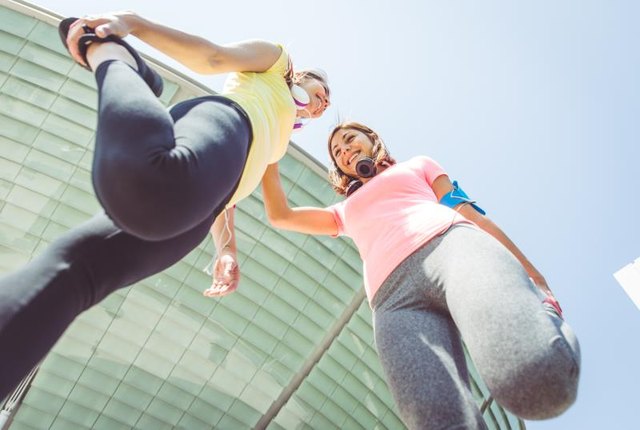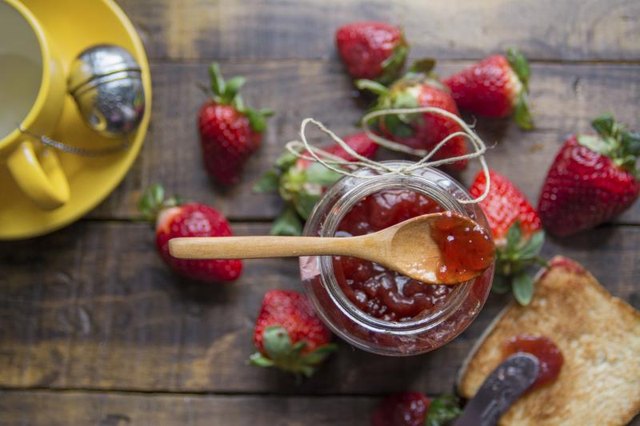
Overview
Doing dynamic range of motion exercises, or dynamic stretching, before physical activity, helps warm up your muscles while increasing the blood and oxygen flow throughout your body. Dynamic range of motion exercises stretch your muscles while emphasizing force and speed. Rather than holding a static, or stationary, stretch, they take your muscles through constant movement and contribute to increases in range of motion that may improve athletic performance, reduce muscular stiffness and improve joint mobility.
Knee to Chest Run
The “knee to chest run” warms up your legs, glutes and hip flexors, while challenging them through their range of motion. Stand up straight and position your feet shoulder-width apart. Bend your arms and tuck your elbows by your sides. Jog in place for 30 seconds to warm up your legs, then begin the range of motion exercise. Running in place, alternate lifting your knees toward your chest, as high as possible. Land gently on the balls of your feet and continue for 45 seconds. Maintain a straight back and squared shoulders during drill.
Straight Leg March
The "straight leg march" improves range of motion in your glutes and your hamstrings, located on the back of your thighs. Warming them up before exercise may make it easier to run or perform other lower-body activities. Stand up straight, and position your feet shoulder-width apart. Contract your abdominal muscles and lift your arms to your sides, parallel to the floor. Lift your right leg off the ground, flex your toes upward and kick in front of you. If possible, lift your leg parallel to the floor. Simultaneously, reach your left hand toward your toes. Return both to the start position and do the same with your left leg and right hand. Continue alternating until you complete your desired amount of marches. When you master the form and coordination, increase your speed.
Lying Scorpion
The “lying scorpion” stretches and improves range of motion in your shoulders, quadriceps, abdominal muscles and hip flexors. Lie face-down on a mat, resting your arms on the ground, hands by your hips, palms facing down. Keeping your chest and upper body on the floor, pick your right leg off the ground and cross it as far as possible over your left leg. Return to the start position and do the same with your left leg. Continue this pattern until you complete your desired amount of lifts. Crossing your leg as far as possible while maintaining form, helps you increase your lower body and abdominal range of motion.
Arm Swings
Dynamic arm swings stretch your chest, upper back and shoulder muscles while challenging their range of motion. Standing up straight, lift your arms to your sides. Swing them in front of your body and cross them. Immediately, swing your arms behind your back, as far as possible. Keep your arms straight throughout this dynamic exercise. Continue this pattern until you complete your desired amount of swings.
www.livestrong.com









